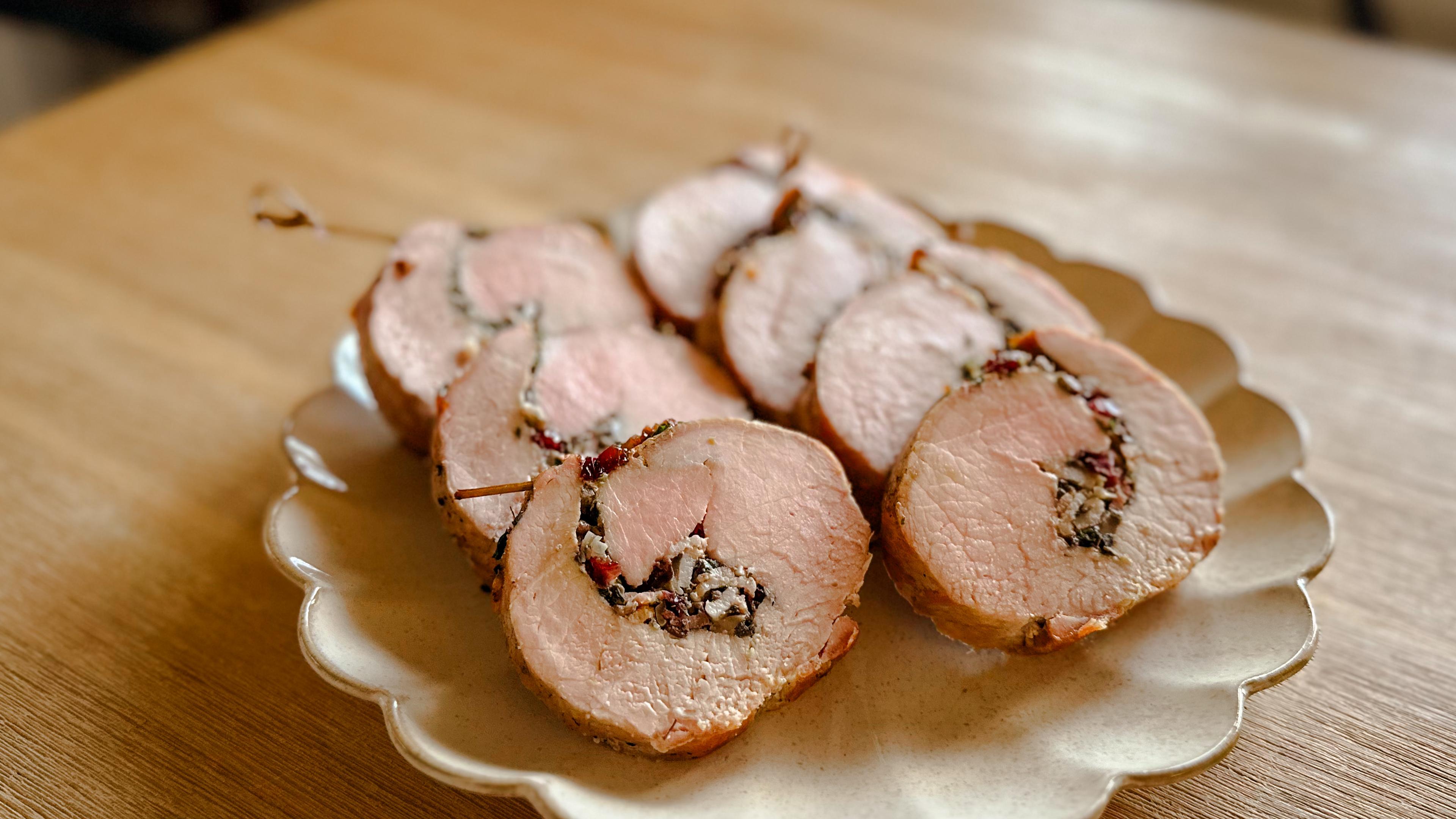How to Cook Arborio Rice
| 1 min read

How to cook arborio rice on the stove
Total Time:
30 minutes
Prep Time:
5 minutes
Cooking Difficulty:
Easy
Serving Amount
Ingredients
6 cups water or broth
1 Tbsp butter or oil
11⁄2 cups arborio rice
salt, if desired
Instructions
Step 1
Arborio rice should not be rinsed, unlike many other types of rice. Rinsing rice removes the starch coating, and the coating creates the creamy texture essential to many arborio rice recipes.
Step 2
For every 1 1/2 cups arborio rice, heat 1 tbsp of butter or olive oil in a large pan over medium heat. Optionally, add salt to the pot according to personal preference and health needs and stir.
Step 3
Add rice to olive oil and stir until well mixed. Gently toast the rice for 2 to 3 minutes or until it goldens slightly and releases aroma. The rice should be slightly opaque on the outside but uncooked on the inside.
Step 4
Add water or broth to the rice and oil mixture. Use a 6:1 ½ ratio of broth to rice and let it come to a boil.
Step 5
Once boiling, stir the rice, cover and reduce the heat to medium low.
Step 6
After about 15 minutes, remove the cover and check the rice. If the texture is soupy, continue simmering for an additional 5 minutes or so.
Step 7
Remove from heat and allow the rice to rest for 5 minutes.
Step 8
Uncover the rice and fluff using a fork or whisk. Serve or use in a recipe as desired.
How to cook arborio rice in a rice cooker
Total Time:
30 minutes
Prep Time:
10 minutes
Cooking Difficulty:
Easy
Serving Amount
Ingredients
1 cup arborio rice
3 cups water or broth
salt, if desired
Instructions
Step 1
Arborio rice can become overcooked or too sticky when cooked in a rice cooker. To help prevent this, start by rinsing the arborio rice under cold water to remove any excess starch. After rinsing, soak the rice in water for about 15 minutes
Step 2
Drain the soaked rice and add it into the rice cooker. Add the water or broth into the rice cooker using a 1:3 ratio of water to rice. Add salt or other seasonings as desired to the mix.
Step 3
Consult the cooker’s instructions to choose the best setting for the rice and let it cook for the specified time. Most rice cookers have a pre-set program that turns the appliance off automatically according to the setting you’ve chosen. In general, arborio rice should be cooked for about 20 minutes in a rice cooker.
Step 4
When the rice is finished cooking, turn off the rice cooker. Open the steam valve, keeping face and hands away from it, and let the rice rest in the cooker for 10 to 15 minutes with the lid on.
Step 5
Uncover and fluff the rice before serving or using in a recipe as desired.
How to store leftover rice
Refrigeration:
- Cool before storing.
- Store in an airtight container.
- Use within five days.
Freezing:
- Spread rice flat in a freezer bag.
- Remove excess air.
- Use within one to two months.





